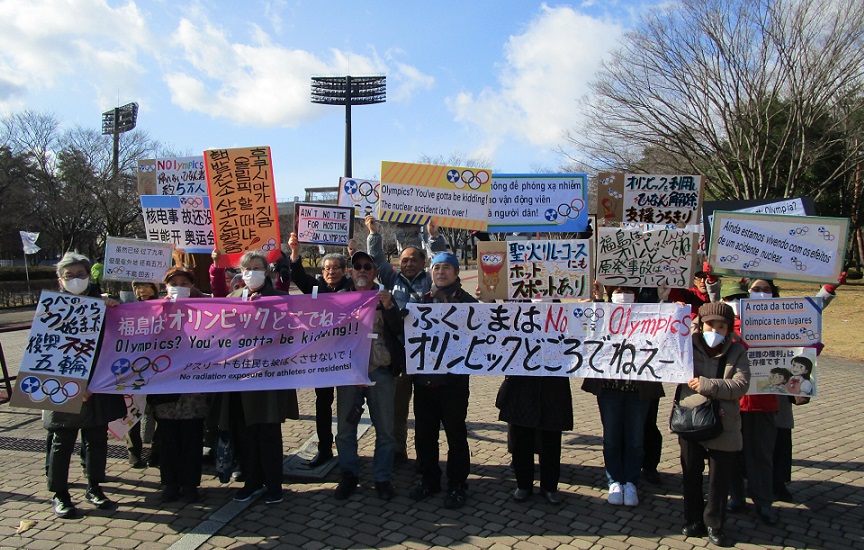[…]
The Japan Confederation of A- and H-Bomb Sufferers Organizations is slated to mount the exhibition during the review conference for the Nuclear Non-Proliferation Treaty from April 27 to May 22.
The ministry, which has supported the confederation’s three previous exhibitions, suggested it could withdraw its backing unless the requested changes are made, said Sueichi Kido, the group’s secretary general.
The exhibition in the lobby of the U.N. headquarters in New York will consist of around 50 panels mainly describing the horrors of nuclear weapons, including the aftermath of the 1945 atomic bombings of Hiroshima and Nagasaki.
Two of the panels will touch on the nuclear disasters at the Fukushima Daiichi power plant in 2011 and Ukraine’s Chernobyl power plant in 1986.
According to Kido, the ministry argues the panels contradict the spirit of the nonproliferation treaty, which allows for the peaceful use of nuclear technology.
A ministry official said its support for the exhibition was under review and declined to confirm whether any pressure had been applied to change its content.
Kido said there had been a “breach of trust” and the confederation, which represents survivors of the atomic bombings, plans to hold the exhibition as planned with or without the ministry’s support.
“Atomic bombs and nuclear accidents are the same in the sense that they cause harm through radiation. As a victim of atomic bombing, Japan has a responsibility to work toward the elimination of nuclear weapons,” Kido added.
Read more.






